August 1914, September 2001, all of 2016: these are the dates Hungary's late, great writer Péter Esterházy served up for the non-linear narrative of his friend Péter Eötvös's Halleluja - Oratorium Balbulum. Its Hungarian premiere in one of the world's best concert halls, part of the astounding Müpa complex on the Danube in Budapest, was bound to challenge Prime Minister Viktor Orbán's anti-immigrant policy with the libretto's talk of borders and fences, and fear of the other.
Yet Esterházy wrote the entire text six years ago and died just before Halleluja's world premiere in Salzburg this July. The clairvoyance of the writer has much in common with the protagonist Notker Balbulus, the stammering ninth-century poet-monk. The prophet's part was taken in Budapest by a clarion tenor, Topi Lehtipuu.

There's also a tipsy angel who should have, according to Esterházy, "a deep, smoked-out voice, much like Marlene Dietrich, the blue angel" - a multi-dimensional, dramatically vivid performance by Iris Vermillion. The loquacious narrator, Peter Simonischek (pictured above, seated, with Eötvös, Vermillion and Lehtipuu) declaiming in German, frequently made the audience laugh, as intended.
Eötvös's score, with the composer conducting the Vienna Philharmonic in their third performance, came across as bewitching, febrile, multi-layered. His Ligetian ear for atmospheres and tensions was broken up by the razor-sharp Hungarian Radio Choir's "Hallelujas" from Schein, Monteverdi, Bach, Handel, Mozart, Musorgsky, Bruckner and gospel music. The scene is set in Part One with eerie orchestration of Schumann's "The Bird as Prophet". Unusual, this collage of quotations, for Eötvös; the chorus represents, according to Esterházy, "the voice of a small group within a larger society whose job it is to sing hosannas and hallelujahs the live-long day". (Pictured below: a unique double portrait of Eötvös and Esterházy, taken this February by Szilvia Csibi for Müpa Budapest.)
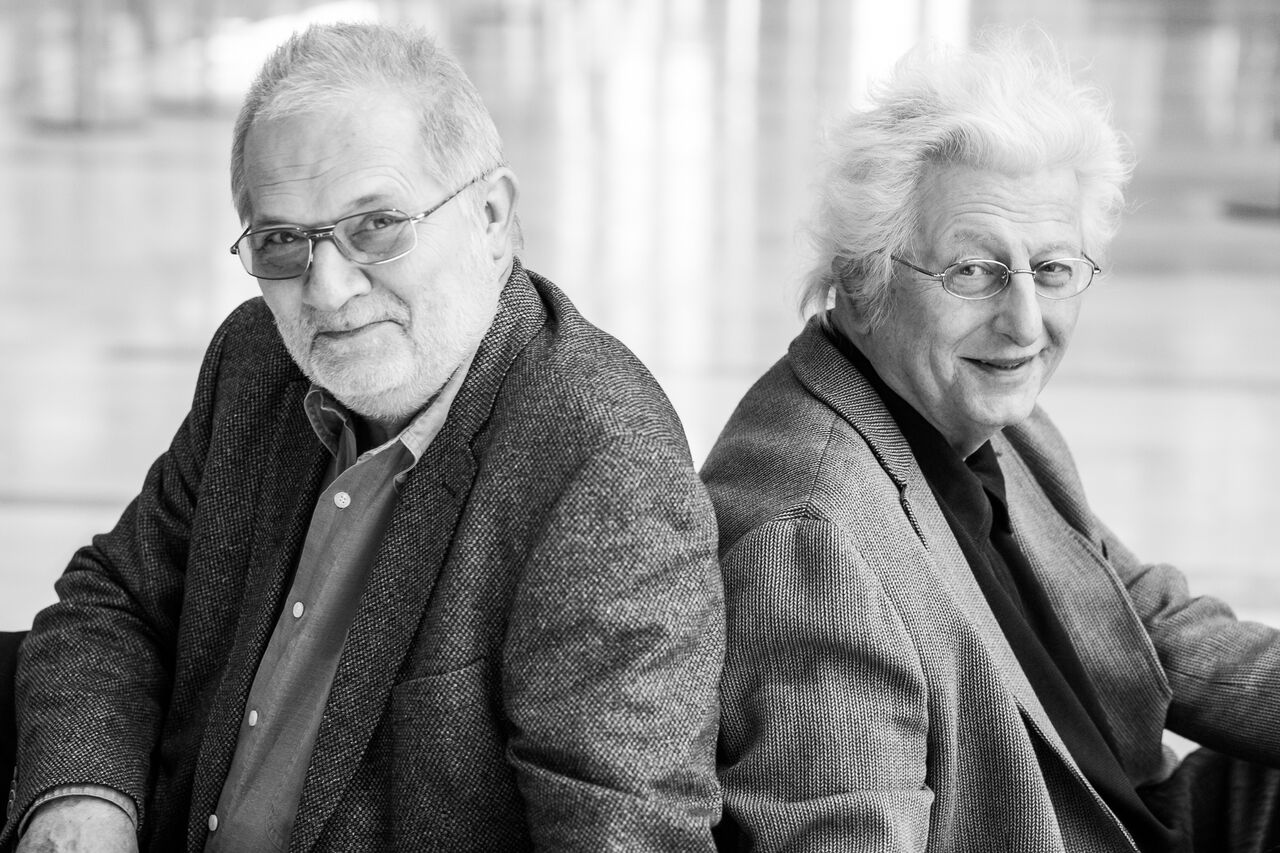
The Musorgsky Boris Alleluias chill the blood in Part Two, where a woman in the plane bound for the World Trade Centre asks for a tomato juice and is offered "salt, pepper" - the banality of everyday life. There are long silences, but at the very end of the work, no denouement: time suspended gives us a haunting fade-out on "salt and pepper and and and...". Now, says Esterházy in his preface, we keep silent about "the lack of a future". As one who, like Eötvös, lived through communism, Esterházy has his narrator talk about waiting for change "but after the end of communism we have no more future. Nothing remains for us, not even despair any more."
If this sounds like nihilism, the music's densely woven tapestry belies the bleakness. Halleluja is a rich and unsettling work I wanted to hear again the following night. Instead, a return to Müpa offered a quite different kind of concert in which the brilliant Zoltán Rácz (pictured below), founder of the percussion ensemble Amadinda, took up the baton to make his first forays into Ravel and Gershwin. His band here was Concerto Budapest, one of the city's eight main orchestras (not bad for a population of less than two million). The linear progress this time suggested Yeats's "all things fall and are built again", starting with the demolition of Habsburg waltz time in La Valse before going on to the early days of symphonic jazz in Ravel's G major Concerto, Gershwin's Rhapsody in Blue and An American in Paris.
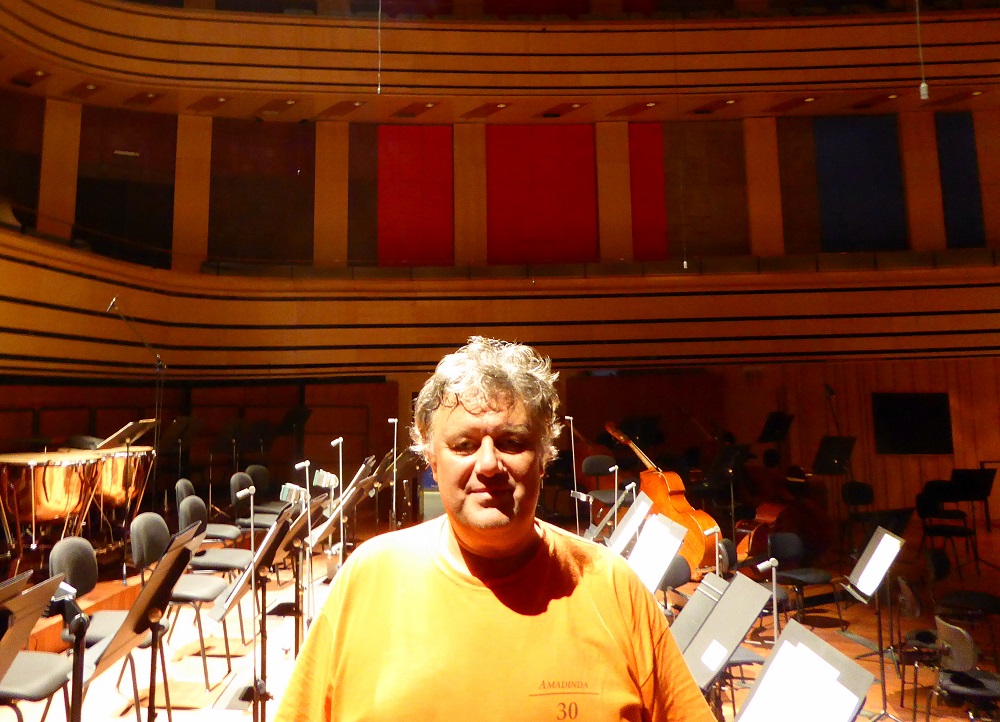
I caught him by chance at the end of a rehearsal that morning while touring Müpa (an acronym, incidentally, for Művészetek Palotája, "Palace of the Arts", the building's official title for the first decade after its opening in 2005). The sound of Tchaikovsky's Sugar-Plum Fairy from the celesta in the wings turned out to come from Rácz; later he sat at the piano on stage and unselfconsciously winged through the slow movement of Ravel's concerto and the Rhapsody's big romantic tune. He's in mourning for his friend Zoltán Kocsis, the musical spirit of Hungary who died at the age of 64. On learning of his death, Rácz cancelled all engagements for a week, reflected and held long conversations with friends.
In the UK we know Kocsis chiefly as one of the great pianists, but he was also increasingly a major figure as conductor, due to conduct as he always insisted the seasonal stagings of The Nutcracker. As a composer, he set what we have of the Act Three text in Schoenberg's Moses und Aron; a photocopied page of the score was lying on the box office table.
There were two tributes in the concert: Lortie (pictured above in rehearsal by Zsuzsa Pető, Concerto Budapest) played as his memorial encore "The Fairy Garden" from Ravel's Ma mère l'oye. And Rácz stepped back to conduct the woodwind only in semi-darkness, expressing the ineffable with the Adagio from Mozart's Gran Partita.
Eötvös's own tribute to Esterházy as well as Kocsis had been achieved at the end of his concert. The third work, following after Schoenberg's uningratiating, wholly tonal choral piece Friede auf Erden (Peace on Earth), was the Adagio from Mahler's Tenth Symphony. Müpa's acoustic spaciousness enhanced the layering of low wind and brass, though a forward seat may have given the impression of a less than homogenous string sound, for all the characteristic Vienna Philharmonic glow.
The orchestra’s previous performance of Halleluja had been in its home the Musikverein, only three hours away by train. That archetypal shoebox auditorium hall is still rightly famed for its acoustics, but Müpa's Bartók Concert Hall has benefited from state-of-the-art work by legendary guru among acousticians Russell Johnson. The composer who lends his name to the hall, incidentally, is also being feted by artists like Ádám Csábi (his "Portrait of Bartók" pictured above) in an exhibition on the top floor of the same building's superb Ludwig Museum of Contemporary Art.
Johnson was an ardent Wagnerian. The annual Ring in the hall, I'm advised - not least by one of its former Brünnhildes, Susan Bullock - has to be heard to be believed. He told The Wall Street Journal back in 2005 that "in two or three years’ time, Hungarian musicians will say this was the best concert hall in the world".
I certainly don't know a better: it has much in common with its Birmingham contemporary but has stood the visual test of time more happily. The focal-point organ - which I briefly heard on my first visit in Tchaikovsky's Manfred Symphony with Iván Fischer conducting the Budapest Festival Orchestra – is one of the largest and finest in Europe.
As for what goes on here, the programming has only got richer and bigger in the first five years of CEO Csaba Káel’s supervision. The plan is decidedly not just national but ardently international and, specifically, European. Government funding, of course, is crucial, so you won’t find any criticisms within the institution. I gleaned a little of the bigger picture from a Hungarian friend involved in film. She made the decision to work outside official circles and pointed out that all major posts have to be filled by nominally Orbán-friendly figures – though in her world the Orbán appointment brought in to supervise the film industry has provided a kind of buffer-zone, offering laissez-faire to the more challenging of Hungary’s new-generation film makers.
Káel, a distinguished film and opera director, remembers the window on the world offered during the communist era by “serious films” from Russia, France, Germany, Italy: “They showed us how other people lived”. But how to progress in the anything-goes post-communist era? Part of the answer for Káel lies in education: the UK could take note of Müpa’s close ties with the 50,000 university students of 19 colleges in Budapest. “But it’s not enough just to say, believe me, Beethoven is the best! They are waiting for the question, but what about you? And if we ask that, they start to open up”.
There’s a bigger balance to be established in encouraging Hungarians how to rediscover the rich cultural heritage that was buried under Soviet rule, asking questions about European culture – Müpa is a vital part of the European Concert Hall Organisation with ties to the Sage Gateshead – and forging further ties with cities like New York and Vienna. Let’s end with a quotation from a great Hungarian, which Káel relates to Brexit. “Kodály said, 'in Europe you have to be Hungarian, and in Hungary you have to be European.' This is wonderful and exact. But we need to find answers to the questions we face now. Without them there is no way forward.”

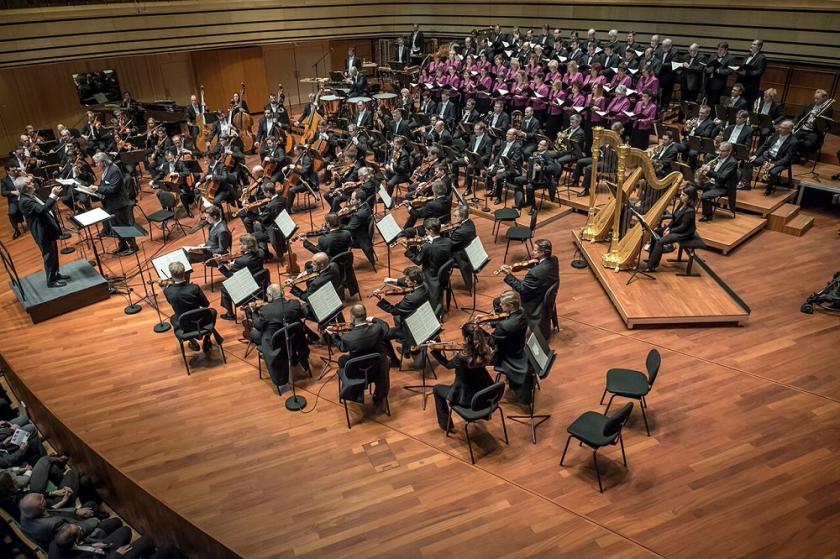
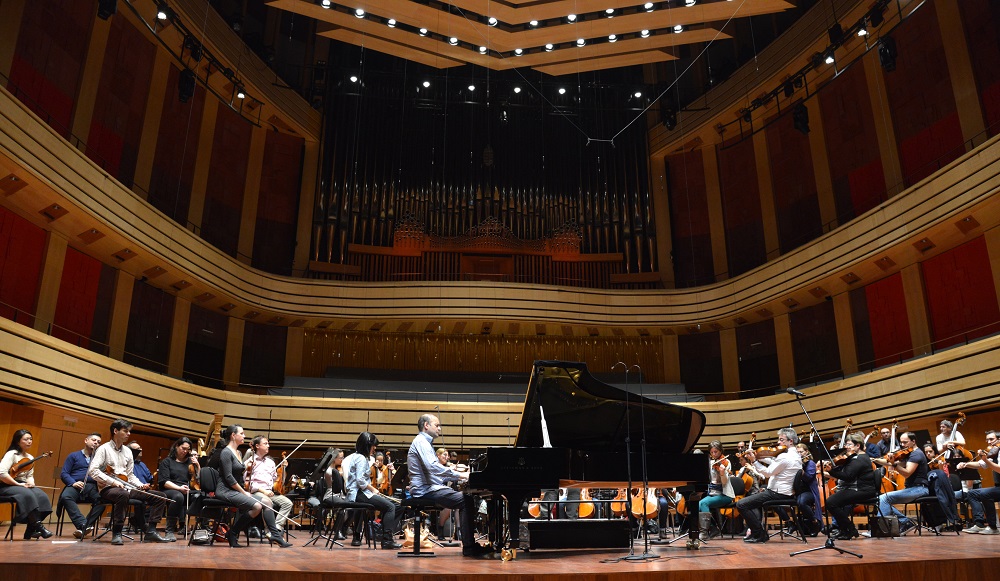
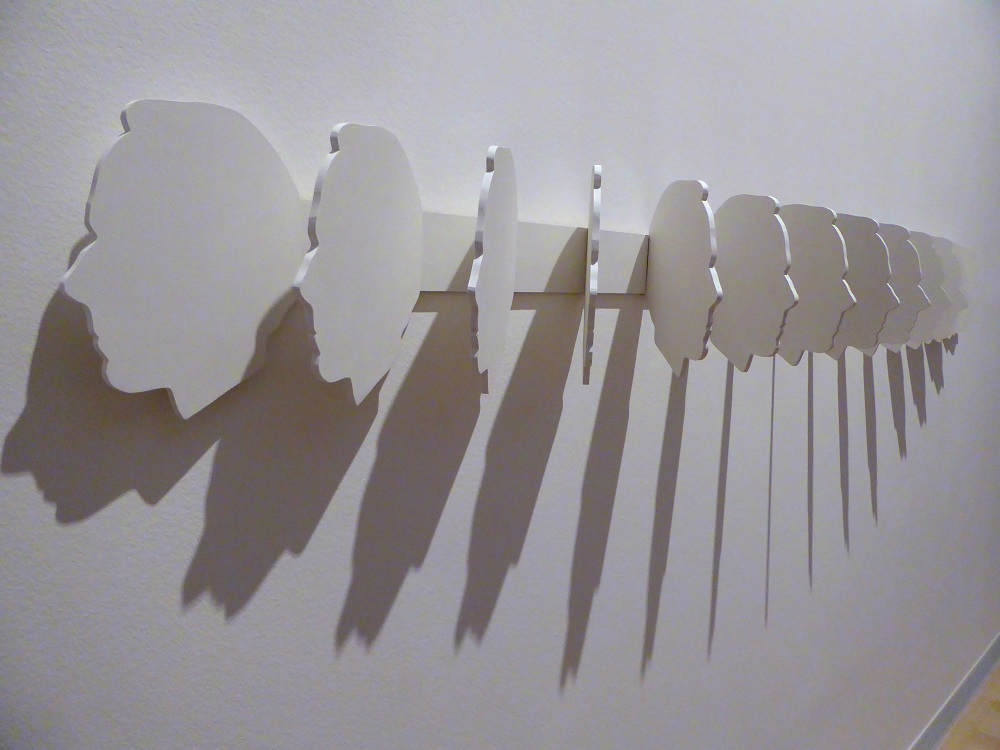
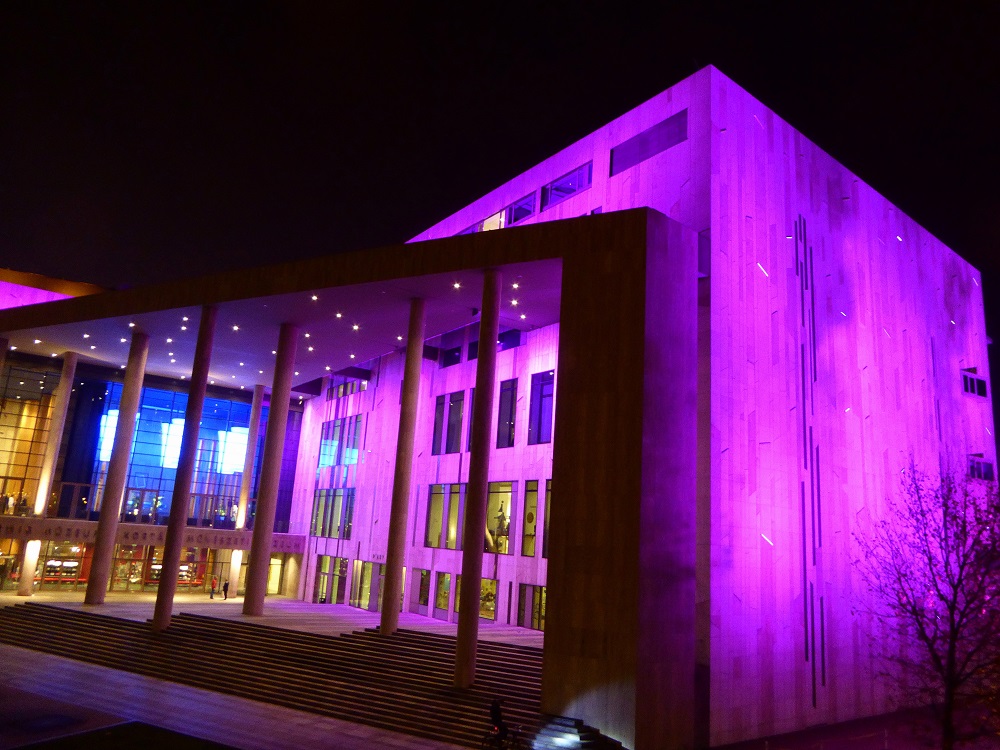













Add comment